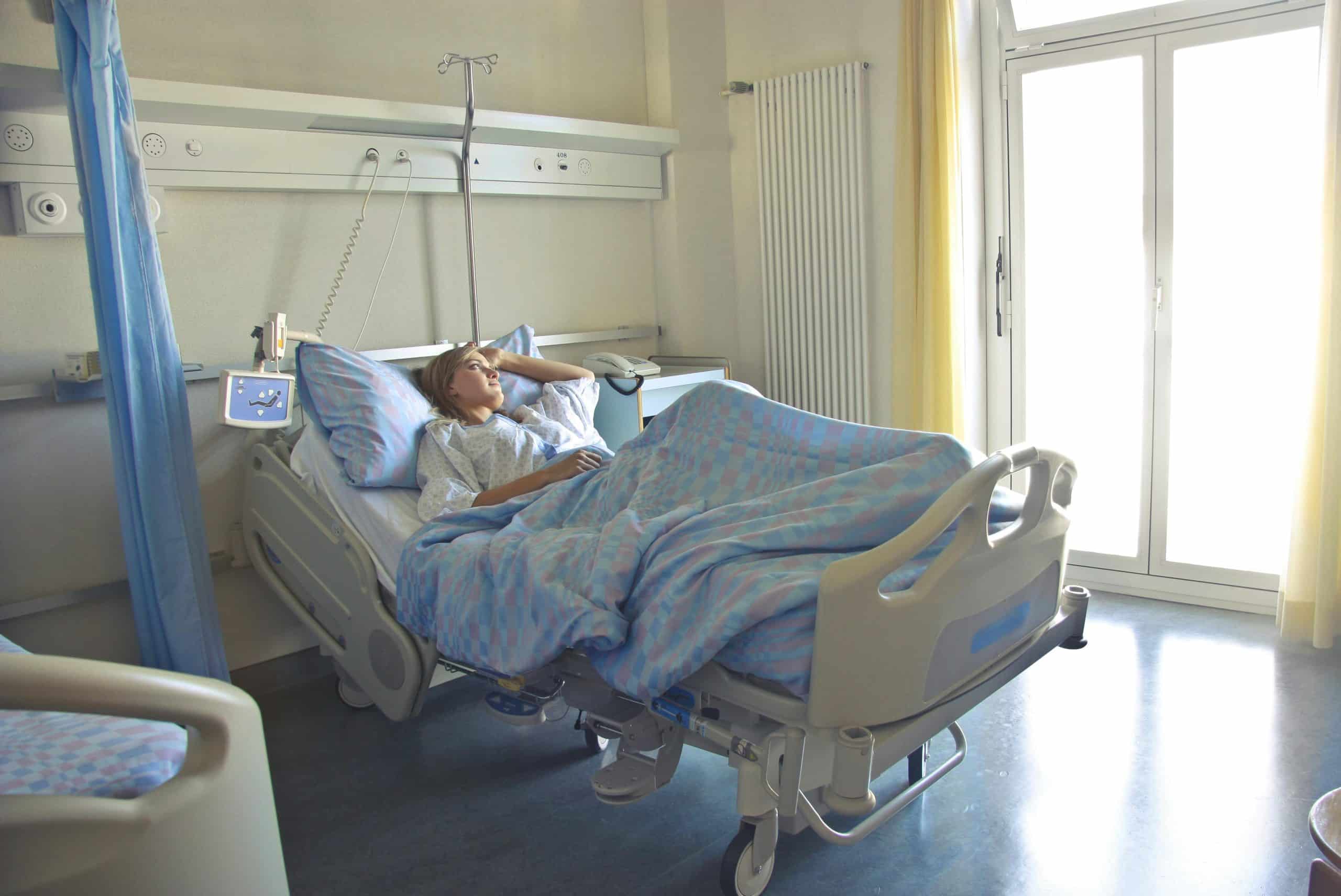Many of you are searching for alternatives to medications to manage health conditions like hypertension. In your quest for a natural approach, you might stumble upon Tai Chi. This ancient Chinese practice is well-known for its health benefits, but can it really help lower blood pressure in patients with hypertension? As we delve into various research studies and examine the data, you’ll learn how Tai Chi could be an effective intervention for high blood pressure.
Understanding Hypertension and Its Risk Factors
Before we dive into the potential benefits of Tai Chi for hypertension patients, let’s first understand the seriousness of this health condition. Hypertension, better known as high blood pressure, is a chronic condition that increases the risk of heart disease and stroke. It’s often called the “silent killer” because it can progress without any symptoms until it leads to severe health complications.
Avez-vous vu cela : How Can the Alexander Technique Improve Posture and Reduce Chronic Pain?
Hypertension is a significant public health issue, affecting nearly a third of adults worldwide. It’s also a major risk factor for cardiovascular diseases, which are among the leading causes of death globally. With this understanding of hypertension and its potential consequences, let’s look at how Tai Chi might serve as a beneficial intervention.
The Practice of Tai Chi
For those unfamiliar, Tai Chi is a type of martial art that emphasizes slow, controlled movements and deep breathing. It’s a form of aerobic exercise that supports overall health and well-being. The practice of Tai Chi is often recommended for improving balance, reducing stress, and easing pain and stiffness. But can it also affect your blood pressure?
A découvrir également : Are There Specific Nutrients That Boost the Efficacy of Chemotherapy?
Research studies have shown promising results, but the answers aren’t straightforward. To understand the relationship between Tai Chi and blood pressure, you’ll need to examine the heterogeneity of the studies and consider other variables like the age of the participants, the duration of the Tai Chi exercise, and the presence of other lifestyle factors.
Tai Chi and Blood Pressure: What The Studies Say
A review of several studies indicates that Tai Chi might be helpful in lowering blood pressure, especially in patients with hypertension. However, the extent of its effectiveness depends on several factors.
One study conducted by scholars found that participants who practiced Tai Chi for 12 weeks saw a significant reduction in their systolic and diastolic blood pressure. It’s important to note that the participants in this study also incorporated other healthy lifestyle changes, such as dietary modifications and stress management techniques, which could have contributed to the observed effects.
In another study, a subgroup of patients with mild to moderate hypertension experienced a decrease in blood pressure after practicing Tai Chi. However, the study also noted that these results might not apply to all hypertension patients, highlighting the need for further research.
Analyzing The Data: A Closer Look At Tai Chi and Hypertension
The relationship between Tai Chi and blood pressure is complex, and the analysis of the data shows varied results. Several factors can influence the effectiveness of Tai Chi in managing blood pressure, including the frequency and duration of the practice and the patient’s overall health status.
Research indicates that Tai Chi can potentially reduce blood pressure levels in patients with hypertension. However, these findings should be interpreted with caution due to the heterogeneity of the included studies. Each patient is unique, and Tai Chi might not be effective for everyone.
Tai Chi as an Integrative Approach to Managing High Blood Pressure
While the research suggests that Tai Chi may help lower blood pressure in some patients with hypertension, it’s essential to understand that it should not replace conventional treatments. Rather, Tai Chi can be integrated into a comprehensive approach to managing high blood pressure, alongside medication, a healthy diet, and regular aerobic exercise.
Tai Chi may not be the magic bullet for lowering blood pressure, but it does offer a potentially beneficial adjunctive treatment. The practice of Tai Chi can contribute to overall well-being, which can indirectly support blood pressure control. As part of a broader lifestyle intervention, Tai Chi can add value to the management of hypertension.
In conclusion, while it’s clear that Tai Chi holds promise as an intervention for high blood pressure, more research is needed to fully understand its effects. At this time, Tai Chi should be considered a complement to traditional treatments for hypertension, and not a replacement. Always consult with a healthcare provider before starting any new exercise regimen, especially if you have a chronic health condition like hypertension.
Tai Chi: Its Mechanisms and Potential Implications in Chinese Medicine
Tai Chi, as a form of aerobic exercise, operates on multiple levels to potentially affect blood pressure. This martial art, rooted in Chinese medicine, employs slow, rhythmic movements coupled with deep, meditative breathing. This combination of movement and meditation aids in reducing stress, enhancing cardiorespiratory fitness, and improving autonomic function. All these factors play significant roles in managing blood pressure levels.
While the exact mechanism through which Tai Chi lowers blood pressure is still being studied, some theories center on its stress-reducing effects. Chronic stress is known to contribute to high blood pressure indirectly, and Tai Chi, with its meditative aspect, can potentially counteract this. Tai Chi’s emphasis on deep breathing might also aid in vasodilation, improving overall blood flow and helping lower blood pressure.
A meta-analysis of included studies highlights the potential benefits of Tai Chi in managing essential hypertension. Still, the diverse nature of these studies, ranging from the type of Tai Chi practiced to the duration and intensity of the sessions, introduces a degree of heterogeneity. This heterogeneity, coupled with the variable sample sizes and unclear risk bias in some studies, necessitates a cautious interpretation of the results. Nonetheless, the evidence points towards Tai Chi potentially playing a role in managing high blood pressure.
Conclusive Thoughts on Tai Chi and Hypertension Management
In the complex puzzle of hypertension management, Tai Chi could represent one piece. The slow, controlled movements of this martial art, combined with deep, focused breathing, may offer a non-pharmacological approach to lowering blood pressure. However, it’s crucial to remember that Tai Chi isn’t a standalone solution. While the results from various studies are promising, they also underline the fact that Tai Chi’s effectiveness can vary significantly among individuals.
In cases of hypertension, adopting Tai Chi as a part of a comprehensive lifestyle intervention seems to be the most prudent approach. This would involve a balanced diet, regular aerobic exercise, prescribed medication, and stress management strategies, with Tai Chi serving as an adjunctive treatment. Moreover, before embarking on a new exercise regimen like Tai Chi, seeking advice from a healthcare provider is a must, particularly for those with chronic health conditions such as hypertension.
To sum up, Tai Chi appears to hold potential as a complementary approach in managing high blood pressure. However, it should not be considered a replacement for conventional treatments. More detailed studies, perhaps focusing on specific subgroups and employing rigorous control groups, are needed to further elucidate Tai Chi’s role in hypertension management. The journey to understand Tai Chi’s full impact on hypertension is far from over, yet its promise is evident. The ancient Chinese practice of Tai Chi, thus, continues to intrigue and inspire, offering potential health benefits worth exploring.













